Add flexibility to your RAG applications in Amazon Bedrock
Use the right configuration options for your Knowledge Base


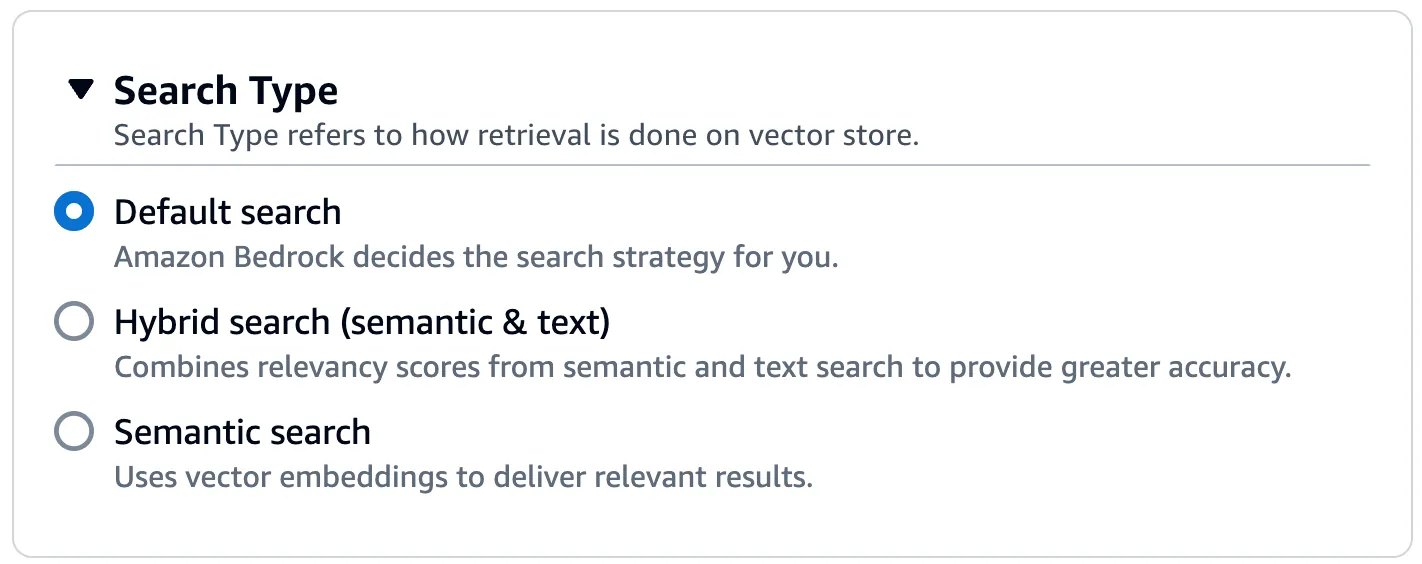
$query$, $search_results$, etc.).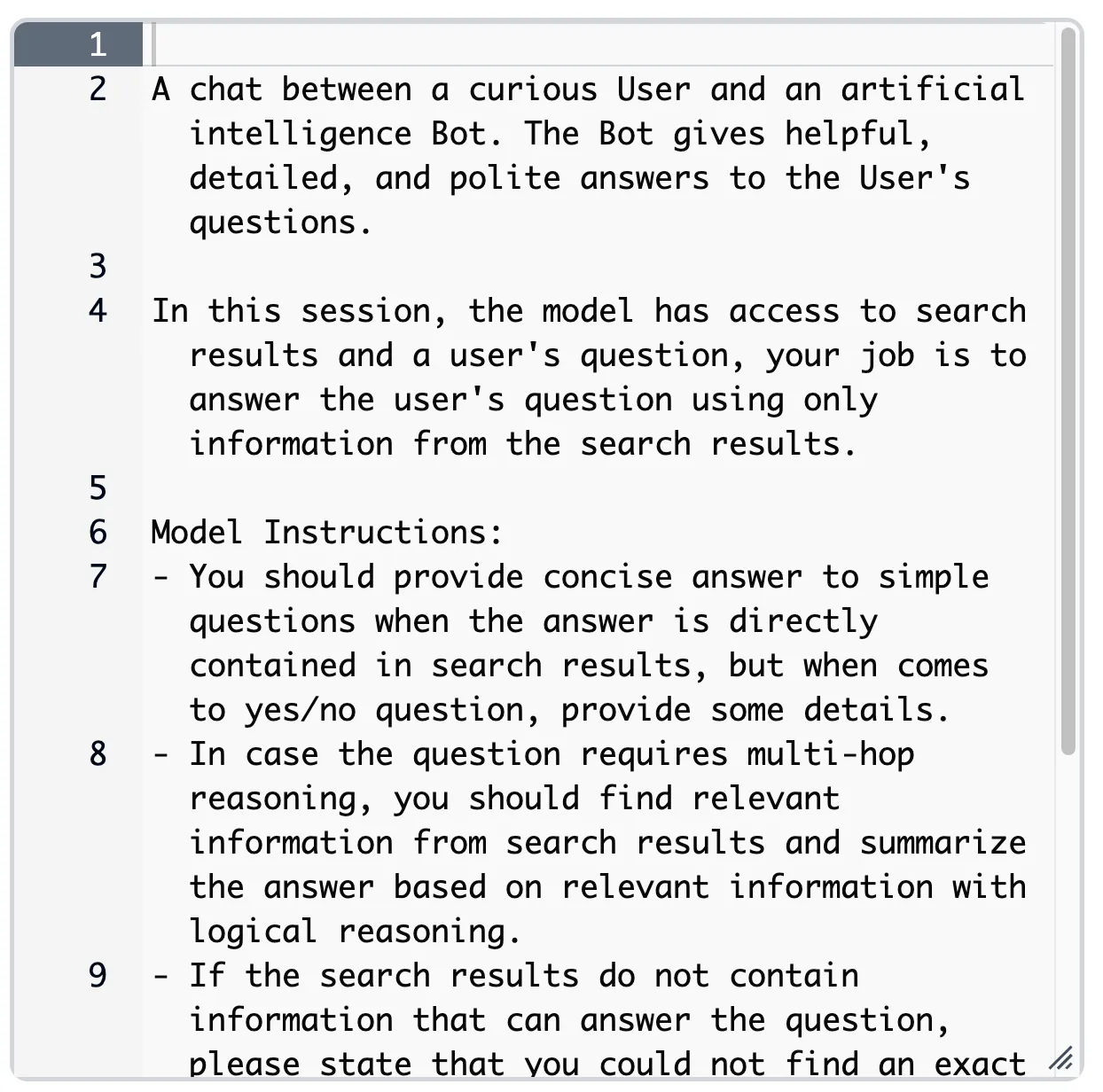

topP, topK, stop sequences, etc.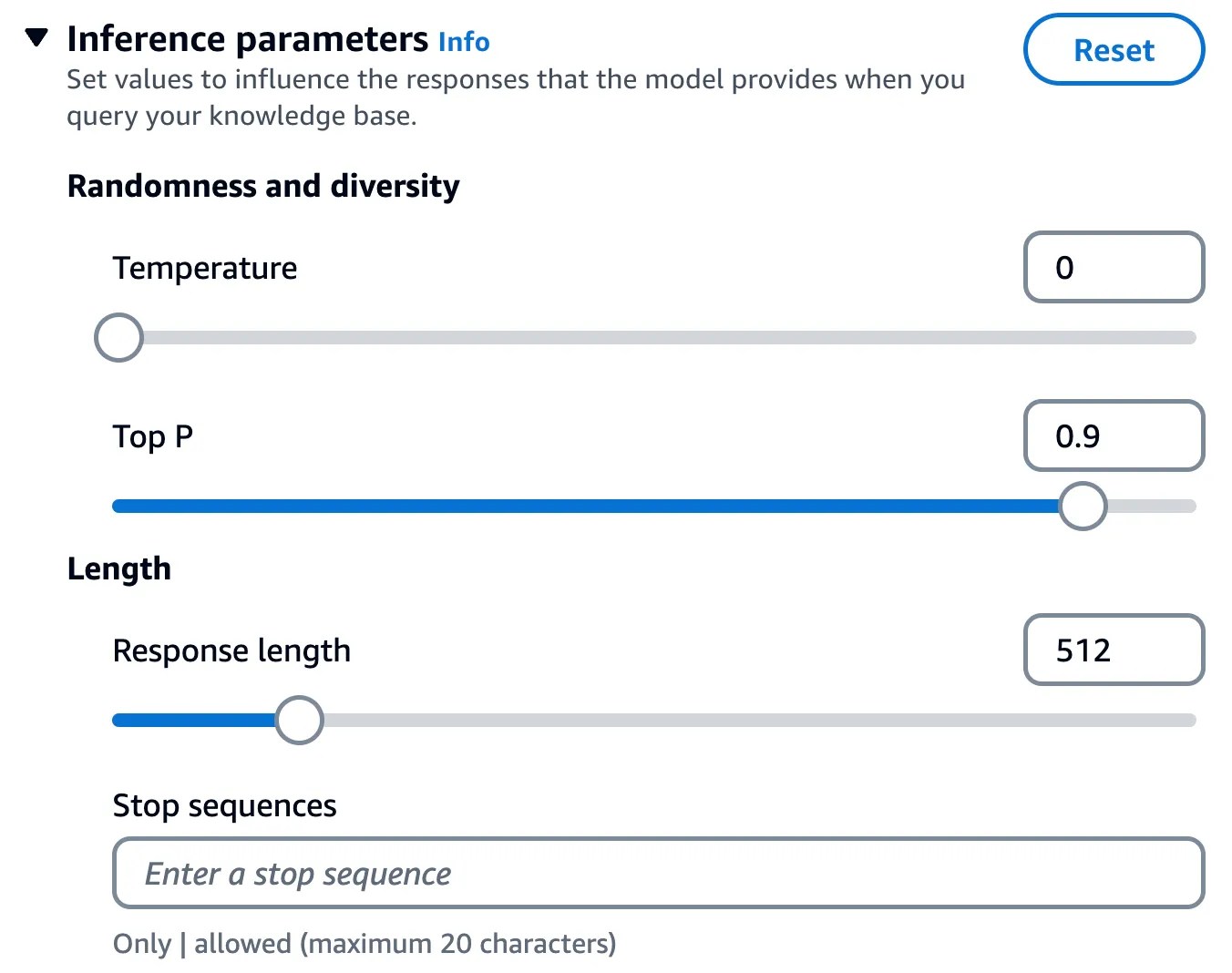
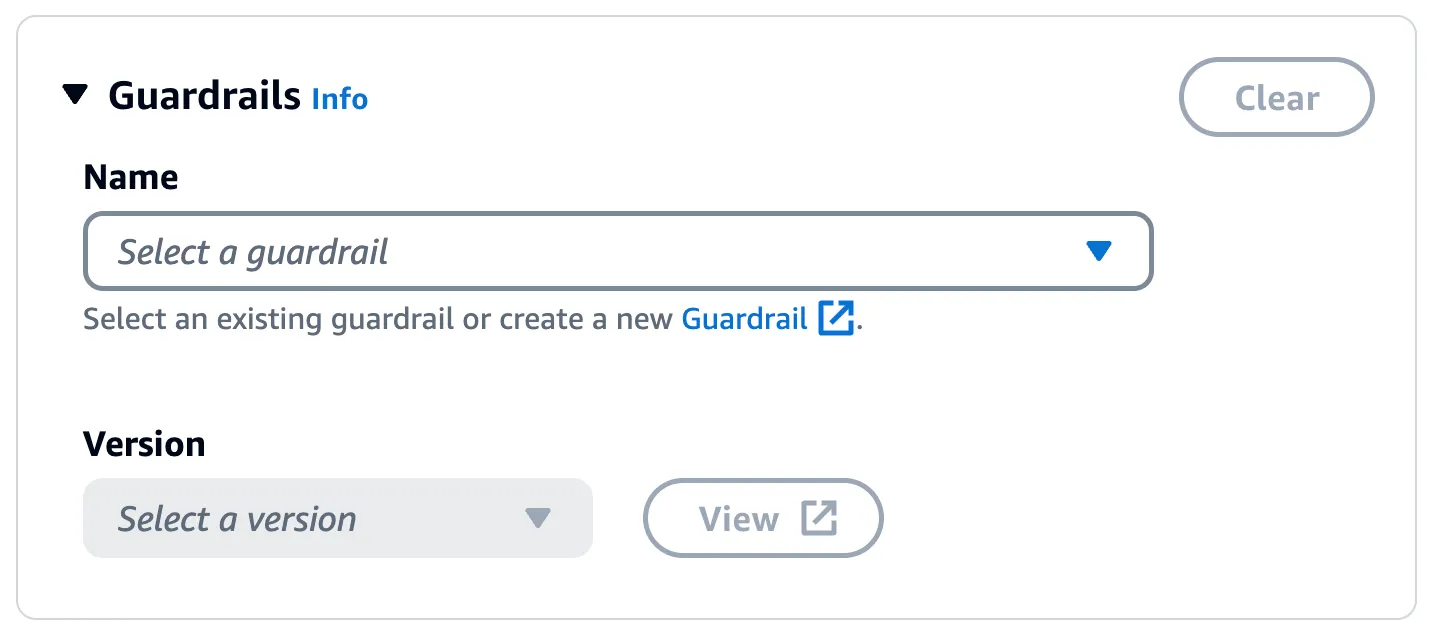
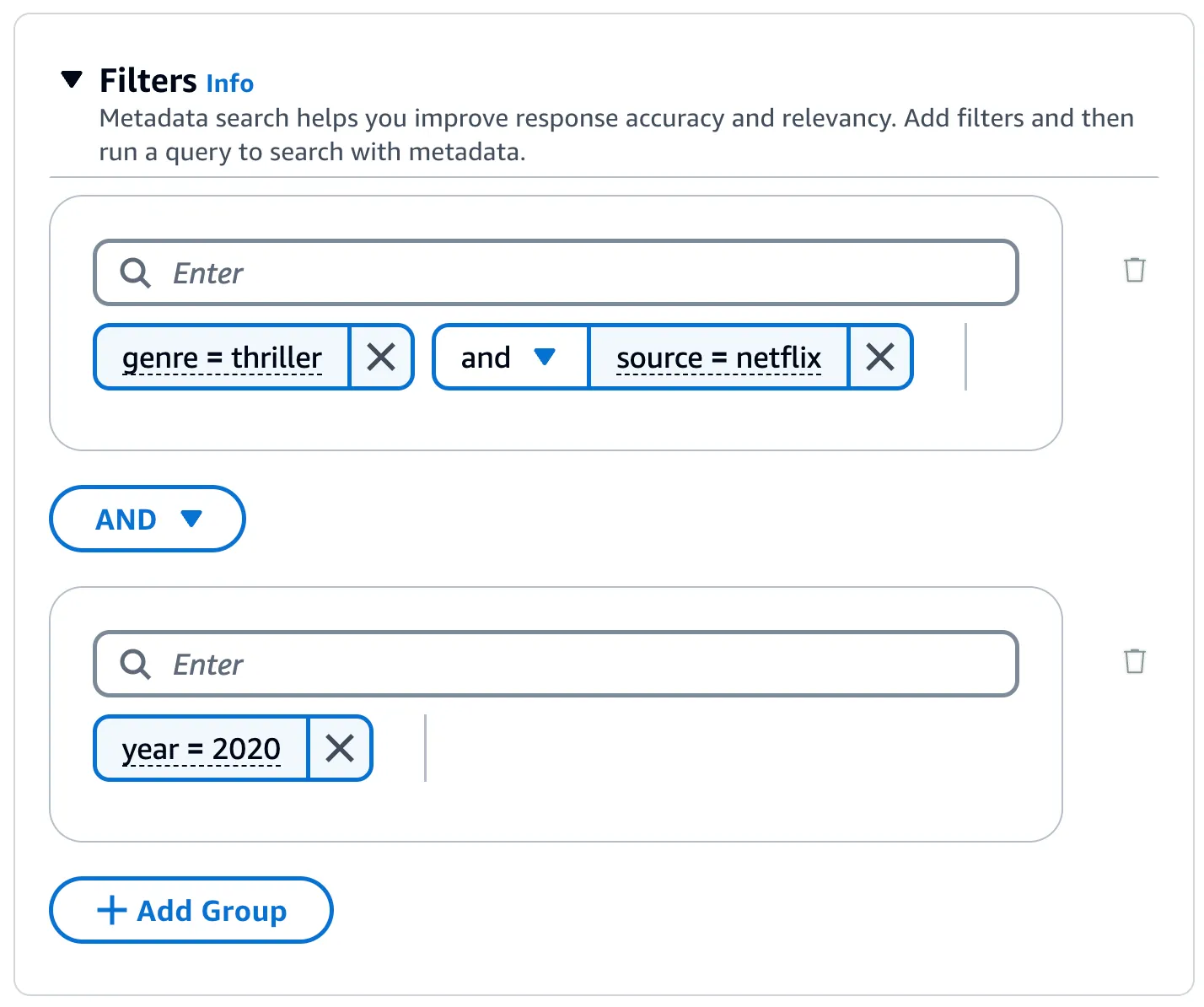
- Chunking: During data ingestion (from source to the chosen vector database), the each file is split into chunks using one of the following strategies - no chunking (each file = a chunk), default (each chunk = ~300 tokens), fixed size (you define the size)
- Data Deletion Policy: The default policy is
DELETE, which means that the underlying vector will be deleted along with the knowledge base. To change prevent the vector store deletion, change the policy toRETAIN.
Any opinions in this post are those of the individual author and may not reflect the opinions of AWS.
